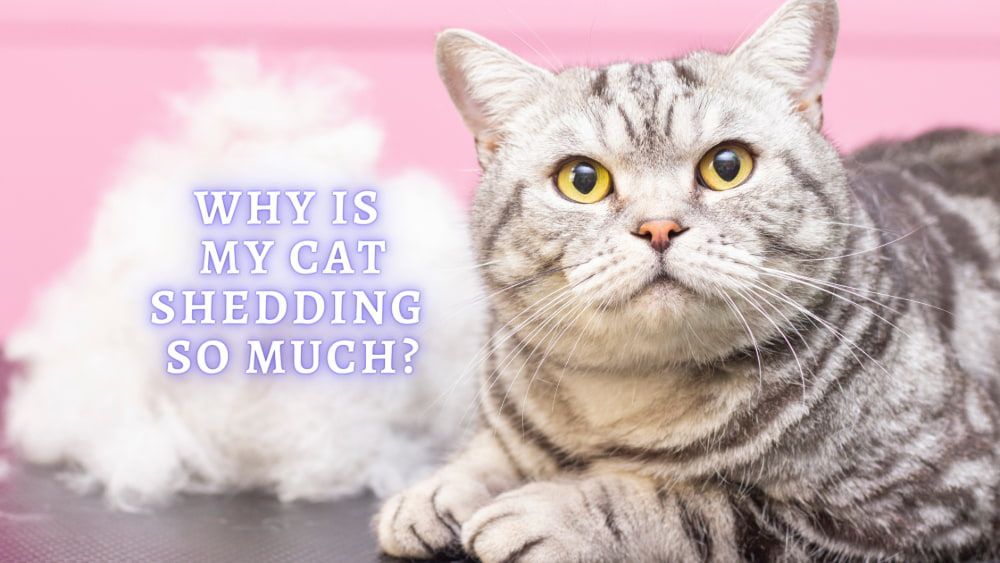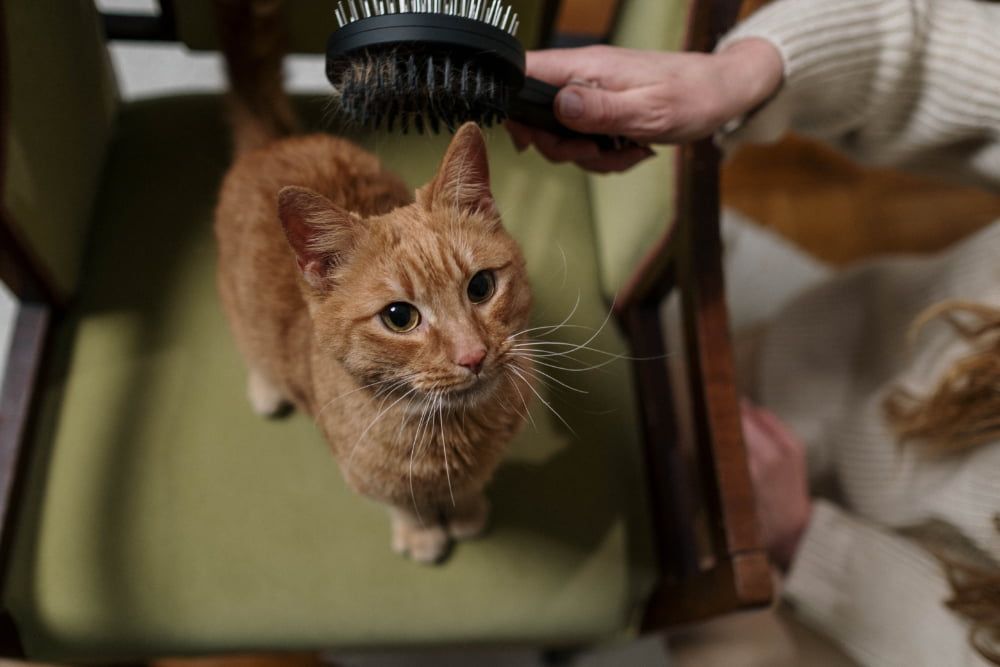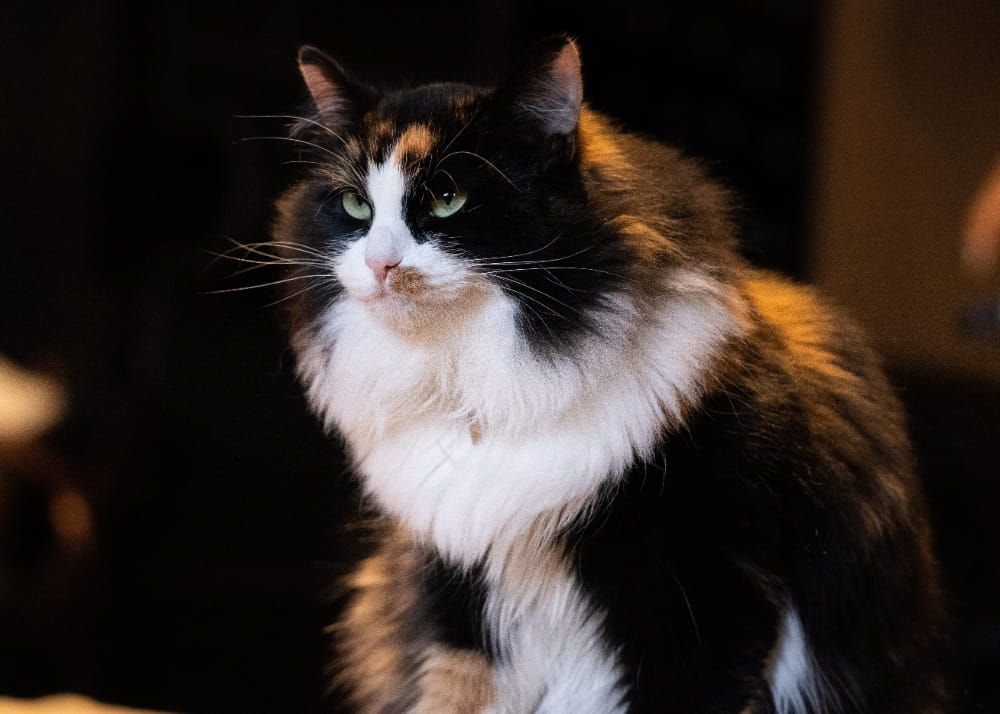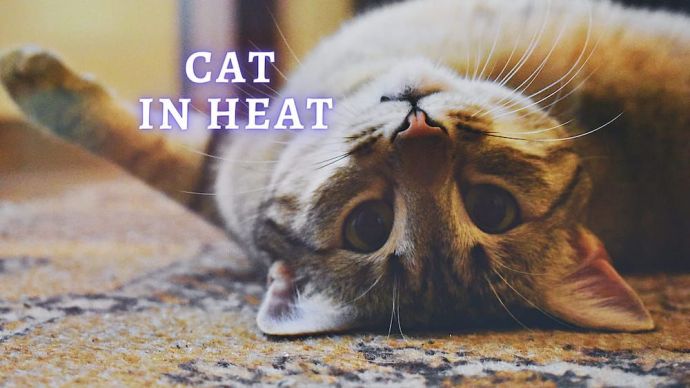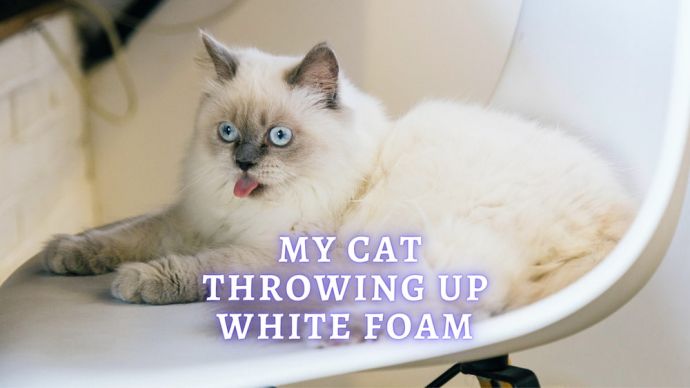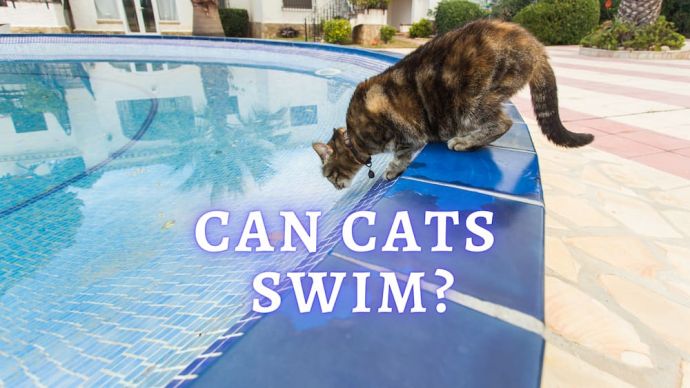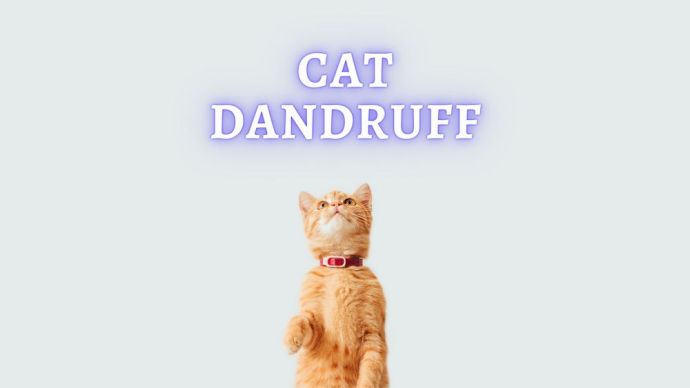Cat Shedding a Lot: Why is My Cat Shedding So Much?
Written by:
Author: Seb Jenkins
Seb is a professional SEO writer with a degree in Journalism, he has five years of experience in writing and editing. Seb specializes in topics like dog and cat breeds, aquarium guides, and pet care. He is passionate about educating and entertaining animal owners worldwide. In his spare time, Seb enjoys writing fiction novels.
View all 83 articlesLearn about our editorial process and veterinary review board.
Reviewed by:
Veterinary review
by Dr. Linda Simon
Dr. Linda Simon is a veterinary surgeon working with seven years of experience. She is a fellow of the British Veterinary Association and specializing in animal medicine. Also, she has been the Woman magazine resident vet for the past two years and writes a regular column for them, focusing on pets and their health.
View all 30 articlesLearn about our veterinary review board
Viewed: 548
Updated on: 06/08/2023
First, let us start by clarifying that the shedding of hair is completely normal for cats, just as it is with humans. Did you ever wonder why you seem to find fur on every single surface and item of clothing in your house? I’m afraid that this is simply part and parcel of owning a feline friend.
Why is my Cat Shedding so much?
As the weather gets warmer, cats shed some of their fur to stay cool. While cats molt hair every day, many also go through two big sheds per year. In fact, some cats can lose/regrow millions of hairs over the years. You can play your part in this natural process by ensuring that your pet maintains a healthy and balanced diet and regularly runs a brush through their fur to get rid of the excess. Ideally, this is done every day, or twice daily during a shed. For longer furred cats, brushes such as ‘The Furminator’ are worth every penny.
Keep in mind that cats will also shed more when we have the central heating on as their brains and bodies will think it is spring or summertime.
Is cat hair shedding a sign that something might be wrong?
While the process is natural, shedding can also point towards medical conditions, including parasites, allergies, poor diet, infection, stress, and medication side effects. When brushing your pet, you should be on the lookout for any tell-tale signs of a problem, such as pink skin, scabs, bumps, cuts, irritation, ticks, fleas, etc. If you notice any of these, book an appointment with a veterinarian as soon as possible.
It is also important to distinguish between natural fur loss and excessive fur loss. Those who are shedding too much will have bald patches or sparse fur and this is never normal.
READ MORE: Best Cat Food for Shedding
Reasons behind Cat Hair Shedding
There are a number of reasons behind why cats shed their hair and we wanted to take the chance to go into a little bit more detail here.
1. Health problems
Allergies and parasites can cause a cat’s hair to shed more than usual and create small bumps/red patches on the skin. If you think that your kitty may be shedding more than they should, or notice redness or skin irritation, consult your veterinarian.
2. Food
When a feline is not being fed a healthy and balanced diet, their fur may suffer. An unhealthy cat often has thinner and more brittle hair than their peers. Ask for advice from your vet on what kind of food to feed your feline friend, or consult one of our many other articles. We recommend that you opt for food that promotes healthy fur and skin such as those high in Omega 3 fatty acids. You may also consider some natural skin supplements or oils that can be added to your pet’s dinner each evening. [3]
3. Season
Cats shedding at all times of the year, however, the mot breeds have a couple of big sheds throughout the year. The most notable one comes in spring when they start to shed their winter coats, no longer needing them to stay warm. [2] All you have to do in this case is keep your cat well brushed to get all of that loose fur out and prevent matting. Remember, during peak fur loss time, two daily brushes are often needed.
4. Stress
Some cats have been known to shed when they are experiencing stress and/or anxiety. This is generally linked to over-grooming which can become a coping mechanism for the anxious cat. Other tell-tale signs can include, a reduced appetite, hiding from you and issues with urination. If your pet seems nervous for some reason and is shedding a lot of fur, they could be suffering from stress. This may come from a recent change to their routines, such as moving house or a new person hanging around. Ensure they feel safe and consider products such as a Feliway plug-in and calming nutraceuticals added to food.
5. Age
Felines like to keep themselves groomed but often require them to be rather flexible to reach every nook and cranny. When your cat gets a bit older, they are not always able to groom themselves as well. The same issue can be seen in overweight kitties. This leads to their fur becoming increasingly matted, which can then lead to skin disease and increased shedding. The best solution to this is to help your cat out. Grab a brush and regularly assist them with their grooming. If you notice an older pet grooming less, let their vet know as this may be a symptom of joint disease and most will benefit from anti-inflammatories and pain relief medicine.
6. Pregnant
A change in hormones can result in increased shedding. For example, cats often shed hair on their belly when pregnant to make space for the kittens to feed. This extra shedding should stop once the lactation period ends and the skin should appear normal.
READ MORE: Cat Nutrition Requirements (Vet Advice)
What should cat hair look like?
To know whether something is wrong with your pet’s fur quality, you must first understand what it should look like at its healthiest. A healthy animal should have thick, shiny, clean fur. The hair should not be dry and brittle, nor should we see any dandruff or greasiness, so keep an eye on them if things seem off. [1]
How to help your Shedding Cat?
We recommend taking a brush to your pet regularly, not only to comb out their excess hair and dead skin flakes but to also take the chance to inspect them as you go. The vast majority of cats like to be groomed and stroked by their owners, so you shouldn’t have a problem getting your feline friend to sit still for five minutes while you go to town with the brush. The sooner we start, the more likely a kitty will tolerate this so it is best to get your kitten used to this routine. As we said before, keep an eye out for any potential problem indicators such as small bumps, skin redness, cuts, irritation, ticks, fleas, etc.
It can also be a good idea to create some kind of diary for your pet. What we mean by this is you should keep a record of your cat’s characteristics when brushing their fur. What is the quality of the fur like? Do they have any bald spots? What is the color like? What is the texture like? How does it look? Are there any spots? Is there any redness? How does their skin feel? Keeping a regularly updated journal of this information allows you to instantly realize when something is not as it should be.
READ MORE: Cat Skin Problems
FAQs
How much is shedding normal for a cat?
All cats shed hair except, of course, bald cats such as the sphynx. That is a fact. Most cats sheds hair each and every day, all year round. This includes one or two big sheds per year when the weather turns from cold to warmer. Therefore, you should expect some hair around your home. However, if you notice a substantial change in the amount that your cat is shedding and cannot think of a reason behind it, consult your vet.
What months do cats shed the most?
Cats shed most when the weather turns from cold to warm. Their biggest shed each year comes in spring when they get rid of their winter coats and prepare for the warmer weather ahead. Expect the most shedding at the start of spring.
Do indoor cats shed seasonally?
Indoor cats may still shed seasonally, getting rid of their winter coat as the weather warms up and we head towards spring. This is especially true for those cats who have the chance to use ‘catios’, sunbathe by the window in natural light and are not around too much artificial light. They are also more prone to shedding in the winter when we have the central heating cranked up. However, it should be noted that cats also shed hair each and every day, so expect to consistently notice this.
Article Sources:
- P‐1 Evaluation of the Influence of Sex, Diet and Time on Hair Coat Characteristics of Cats. 16 Aug. 2004, onlinelibrary.wiley.com/doi/abs/10.1111/j.1365-3164.2004.00414_1.x.
- H.Hendriksa, Wouter. “Seasonal Hair Growth in the Adult Domestic Cat (Felis Catus).” Science Direct, sciencedirect.com/science/article/abs/pii/S0300962996001132.
- Biagi, Giacomo, et al. “(PDF) The Role of Dietary Omega-3 and Omega-6 Essential Fatty Acids in the Nutrition of Dogs and Cats: A Review.” ResearchGate, 1 Jan. 2004, researchgate.net/publication/272784328_The_role_of_dietary_omega-3_and_omega-6_essential_fatty_acids_in_the_nutrition_of_dogs_and_cats_A_review.
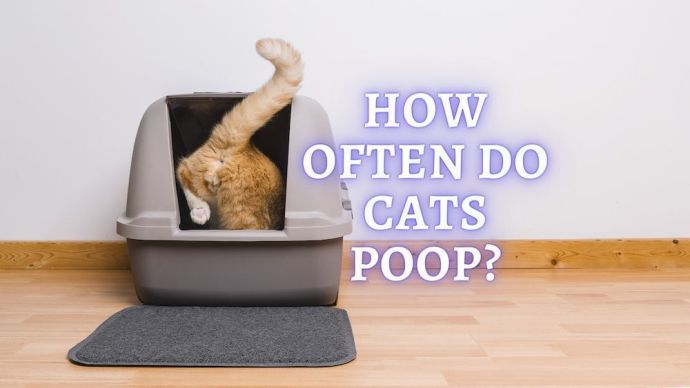 Cat Care How Often Do Cats Poop? Cat Poop: Normal, Problems, Constipation, Diarrhea, and More
Cat Care How Often Do Cats Poop? Cat Poop: Normal, Problems, Constipation, Diarrhea, and More - 203
- 0
 Cat Care Why Does My Cat Follow Me? Reasons Why Your Cat’s Following You Everywhere
Cat Care Why Does My Cat Follow Me? Reasons Why Your Cat’s Following You Everywhere - 208
- 0
 Cat Care Why Does My Cat Attack My Legs? 10 Reasons Why and What To Do About It (Vet-Approved Advice)
Cat Care Why Does My Cat Attack My Legs? 10 Reasons Why and What To Do About It (Vet-Approved Advice) - 46013
- 21
 Cat Veterinary Tips Cat Stomach Gurgling: Vet Advice on Why is Your Cat Stomach Gurgling?
Cat Veterinary Tips Cat Stomach Gurgling: Vet Advice on Why is Your Cat Stomach Gurgling? - 36469
- 4
 Cat Veterinary Tips My Cat Lost its Voice: Can Cats get Laryngitis? (Vet Advice)
Cat Veterinary Tips My Cat Lost its Voice: Can Cats get Laryngitis? (Vet Advice) - 23554
- 13









